Eat, Hydrate, Sleep, Repeat
 No, “eat, hydrate, sleep, repeat” isn’t another movie to rival “Eat Pray Love” that starred Julia Roberts. It should be a mantra for everyone that wants to be healthier. Fitness is more than just going through the motions of exercise. It means you live healthier. Living a healthier lifestyle includes getting adequate sleep, eating a healthier choice of food and hydrating frequently. While most people realize good nutrition is important, adequate sleep and hydration is often an afterthought.
No, “eat, hydrate, sleep, repeat” isn’t another movie to rival “Eat Pray Love” that starred Julia Roberts. It should be a mantra for everyone that wants to be healthier. Fitness is more than just going through the motions of exercise. It means you live healthier. Living a healthier lifestyle includes getting adequate sleep, eating a healthier choice of food and hydrating frequently. While most people realize good nutrition is important, adequate sleep and hydration is often an afterthought.
Yes, a healthy diet is where every fitness regimen should start.
You can’t out-exercise a bad diet. When you consider that it would take hours to exercise away the extra calories in a Big Mac Supersized meal, you start to realize that maintaining weight control starts with what you eat. A healthy diet isn’t just about carbs and calories. It’s about good nutrition. Your body needs nutrients to function properly and many of the foods people eat are devoid of that nutrition, just delivering calories. That not only affects your weight, but your hormonal balances, how healthy you are and how well you function.
You might think it’s a badge of honor to burn the candle at both ends, but it’s not.
Your body heals when you sleep, which is important for building muscles. When you workout, it creates microtears in the muscle, which is replaced with stronger tissue, making it bigger and stronger. Another thing occurs when you sleep. It’s the regulation of hormones. If you get too little sleep, it can cause an imbalance. Two hormones that are especially affected are ghrelin—the hunger hormone—and leptin—the hormone that makes you feel full. Lack of sleep causes an increase in ghrelin and a decrease in leptin, so you’ll feel hungrier.
Hydration is key to weight loss and good health.
If you aren’t adequately hydrated, you’ll feel sleepy, have achy joints, poor digestion and even difficulty functioning mentally. Instead of grabbing a cup of coffee to wake you up, try a bottle or glass of water. It can work extremely well. Water not only improves blood volume and circulation, but it can also improve oral hygiene and make you feel fuller if consumed before a meal. Since the body is between 50 to 75% water, it’s easy to understand how important it is.
- If you don’t like water, try making infused water. Simply add pieces of fruit, herbs or vegetables to water and let it sit in the refrigerator for a few hours. Then remove the fruit, herb or vegetable, leaving just the flavor.
- Older people are often misdiagnosed with dementia, when in reality, they simply are dehydrated. Headaches and muscle pains are also a sign of mild dehydration. Try drinking a glass of water to see if it helps.
- Keeping your bedroom cooler, around 60 to 68 degrees, and completely dark, is important for a good night’s sleep. If it’s too warm, it can disturb the REM sleep, which is the first of the various stages of sleep.
- Eating healthy should be a top priority. In fact, it also helps with getting adequately hydrated, since you get approximately 20% of the fluid you need from the food you eat. If you’re eating fresh fruits and vegetables, it helps hydration.
For more information, contact us today at Next Level Fitness


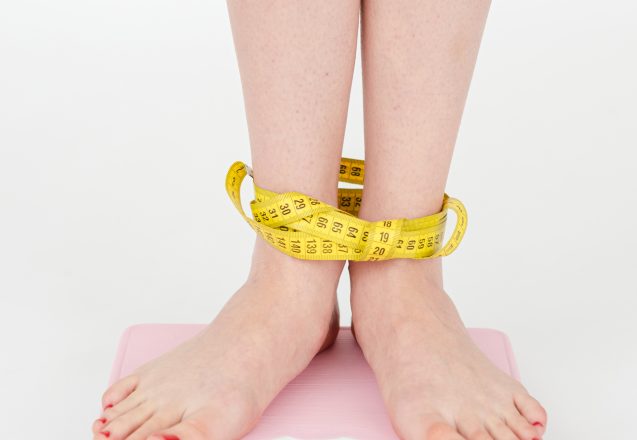
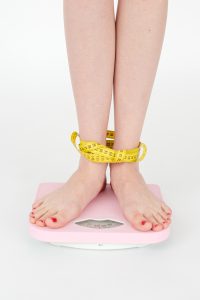 One of the problems faced by clients in Irvine, CA, and around the world for that matter, is the obsession with weighing themselves when they start a fitness regimen. While weight plays a role in your fitness goals, it’s not all about how much you weigh. If you’re muscular and weigh 120 pounds, you’ll look much thinner than someone with very little muscle mass. That’s because muscle tissue weighs more per cubic inch than fat tissue does, so a pound of muscle tissue can fit in a smaller container—body. Once you understand that weight is just one way to measure progress, you’re on your way to a no scale lifestyle.
One of the problems faced by clients in Irvine, CA, and around the world for that matter, is the obsession with weighing themselves when they start a fitness regimen. While weight plays a role in your fitness goals, it’s not all about how much you weigh. If you’re muscular and weigh 120 pounds, you’ll look much thinner than someone with very little muscle mass. That’s because muscle tissue weighs more per cubic inch than fat tissue does, so a pound of muscle tissue can fit in a smaller container—body. Once you understand that weight is just one way to measure progress, you’re on your way to a no scale lifestyle.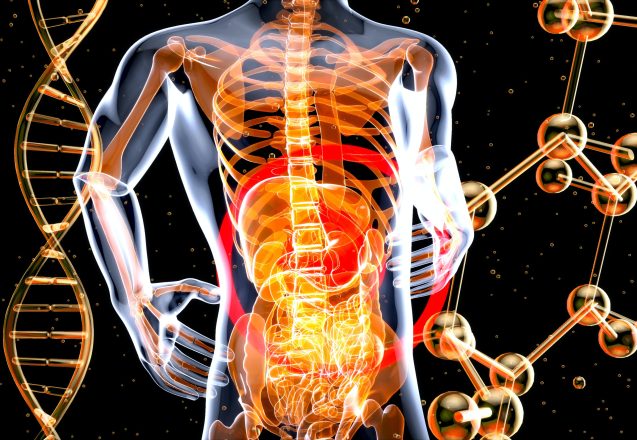
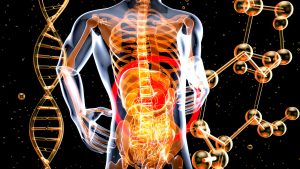 Most people understand the benefits of enzymes on some level. The most obvious one is that they act as catalysts to encourage a reaction to digesting food. However, there are many different types of enzymes, not all of which are used in digestion and many of which are used in processing food. For the body, its enzymes help break down, oxidize, hydrate and synthesize in the body. In fact, enzymes play a role in 12 systems of the body. While digestion is one of those functions, metabolism, blood pressure control, excretion via the kidneys, blood clotting, controlling the nervous system , wound healing and repair, reproduction, immunity and secretions are some others.
Most people understand the benefits of enzymes on some level. The most obvious one is that they act as catalysts to encourage a reaction to digesting food. However, there are many different types of enzymes, not all of which are used in digestion and many of which are used in processing food. For the body, its enzymes help break down, oxidize, hydrate and synthesize in the body. In fact, enzymes play a role in 12 systems of the body. While digestion is one of those functions, metabolism, blood pressure control, excretion via the kidneys, blood clotting, controlling the nervous system , wound healing and repair, reproduction, immunity and secretions are some others.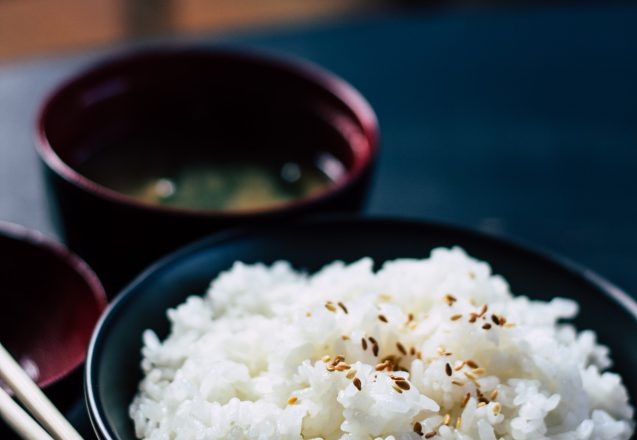
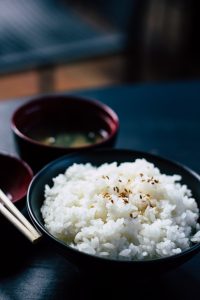 Rice does not start out brilliantly white, like you find in the store. It’s highly processed and the husk and bran have been removed, making white rice not only less nutritious, but mostly carbs. That can be dangerous for diabetics, since it can cause spikes in blood glucose levels. Even rice milk may create a problem, since it’s high in sugar content without the fiber to slow the absorption. Compared to brown rice, it has far less fiber, manganese, selenium, antioxidants and lignans. It also can cause weight gain due to the lack of fiber, which leaves you feeling fuller longer.
Rice does not start out brilliantly white, like you find in the store. It’s highly processed and the husk and bran have been removed, making white rice not only less nutritious, but mostly carbs. That can be dangerous for diabetics, since it can cause spikes in blood glucose levels. Even rice milk may create a problem, since it’s high in sugar content without the fiber to slow the absorption. Compared to brown rice, it has far less fiber, manganese, selenium, antioxidants and lignans. It also can cause weight gain due to the lack of fiber, which leaves you feeling fuller longer.
 You won’t have a problem finding coffee shops in Irvine, CA. They’re everywhere. Coffee pleases millions of Americans every morning and sometimes throughout their day. It provides a burst of energy from the caffeine and does have some nutrients, which include vitamins B1, B2 and B3, magnesium, niacin and potassium. However, for some people, it can cause jitters and prevent a sound sleep. Whether you’re one of the people who experience side effects or just want a change of pace, there are also healthy coffee alternatives you can substitute.
You won’t have a problem finding coffee shops in Irvine, CA. They’re everywhere. Coffee pleases millions of Americans every morning and sometimes throughout their day. It provides a burst of energy from the caffeine and does have some nutrients, which include vitamins B1, B2 and B3, magnesium, niacin and potassium. However, for some people, it can cause jitters and prevent a sound sleep. Whether you’re one of the people who experience side effects or just want a change of pace, there are also healthy coffee alternatives you can substitute.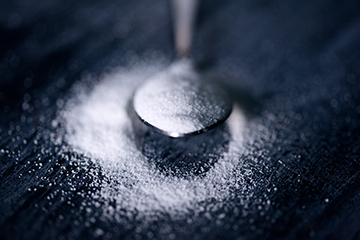
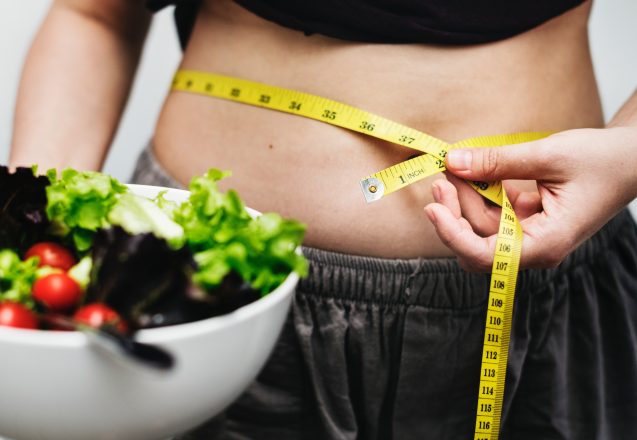
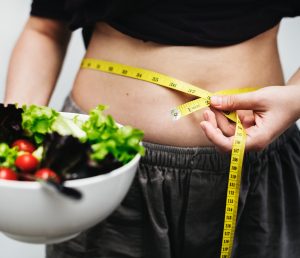 Nobody is condemning you if you want a simple, quick way to lose weight. Isn’t that a dream of everyone that needs to shed a few pounds? The problem is, many manufacturers prey on that desire and come out with products that promise these miraculous results, but normally don’t deliver. The latest quick and easy weight loss products are weight loss patches. They are transdermal patches that contain ingredients that are supposed to help you lose weight. Just put the patch on the spots where you want fat to disappear and according to the advertisement, it just goes away. But do these products actually break down fat on your thighs, belly and butt?
Nobody is condemning you if you want a simple, quick way to lose weight. Isn’t that a dream of everyone that needs to shed a few pounds? The problem is, many manufacturers prey on that desire and come out with products that promise these miraculous results, but normally don’t deliver. The latest quick and easy weight loss products are weight loss patches. They are transdermal patches that contain ingredients that are supposed to help you lose weight. Just put the patch on the spots where you want fat to disappear and according to the advertisement, it just goes away. But do these products actually break down fat on your thighs, belly and butt?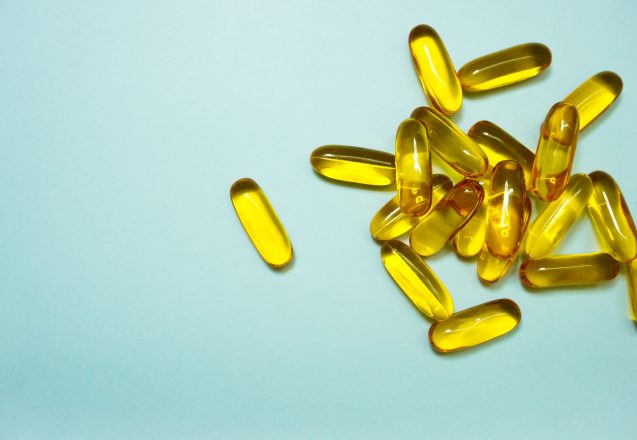
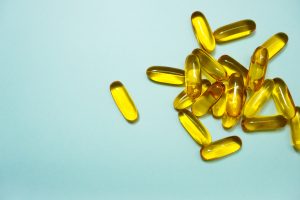 Clients at Next Level Fitness in Irvine, CA, often ask about the benefits of having a good balance of omega 3 to omega 6 fatty acids. While the ration should be approximately four omega 6 to one omega three, the average American diet is anywhere between ten omega 6 to one omega 3 all the way to 50 omega 6 to one omega 3. It’s pretty obvious that something needs to be done to get back in balance. That means eating less food with omega 6 and boosting the omega 3 foods.
Clients at Next Level Fitness in Irvine, CA, often ask about the benefits of having a good balance of omega 3 to omega 6 fatty acids. While the ration should be approximately four omega 6 to one omega three, the average American diet is anywhere between ten omega 6 to one omega 3 all the way to 50 omega 6 to one omega 3. It’s pretty obvious that something needs to be done to get back in balance. That means eating less food with omega 6 and boosting the omega 3 foods.
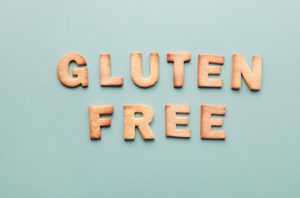 Not everyone should go gluten free. However, if you have a gluten intolerance or celiac disease, gluten free foods can help you return to good health. Unfortunately, gluten is often hidden in products you might not suspect, like ketchup or soy. Gluten is a protein in grains like wheat. While the higher amount of protein makes it a good option for some, it’s not for those whose body struggles with gluten. The problems that occur can include diarrhea, exhaustion, skin conditions, anemia, auto-immune disorders, depression, headaches, stomach pain and more. Today, almost 80% of wheat is a variety that’s high in gluten.
Not everyone should go gluten free. However, if you have a gluten intolerance or celiac disease, gluten free foods can help you return to good health. Unfortunately, gluten is often hidden in products you might not suspect, like ketchup or soy. Gluten is a protein in grains like wheat. While the higher amount of protein makes it a good option for some, it’s not for those whose body struggles with gluten. The problems that occur can include diarrhea, exhaustion, skin conditions, anemia, auto-immune disorders, depression, headaches, stomach pain and more. Today, almost 80% of wheat is a variety that’s high in gluten.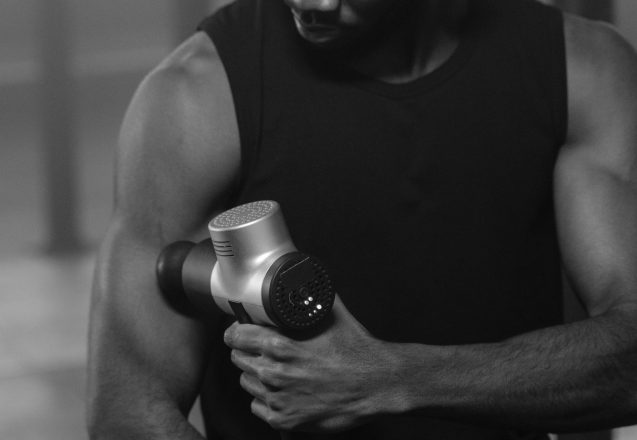
 While the best treatment for aching muscles is normally provided by a massage therapist, massage guns also can bring relief from sore muscles. These devices were first used by massage therapists to help increase circulation and bring aid for pain. They can provide deep relief at home that other types of vibrating machines and foam rollers can’t offer. It’s known as percussion therapy. Today, they’re found in many homes as a quick answer to painful muscles.
While the best treatment for aching muscles is normally provided by a massage therapist, massage guns also can bring relief from sore muscles. These devices were first used by massage therapists to help increase circulation and bring aid for pain. They can provide deep relief at home that other types of vibrating machines and foam rollers can’t offer. It’s known as percussion therapy. Today, they’re found in many homes as a quick answer to painful muscles.